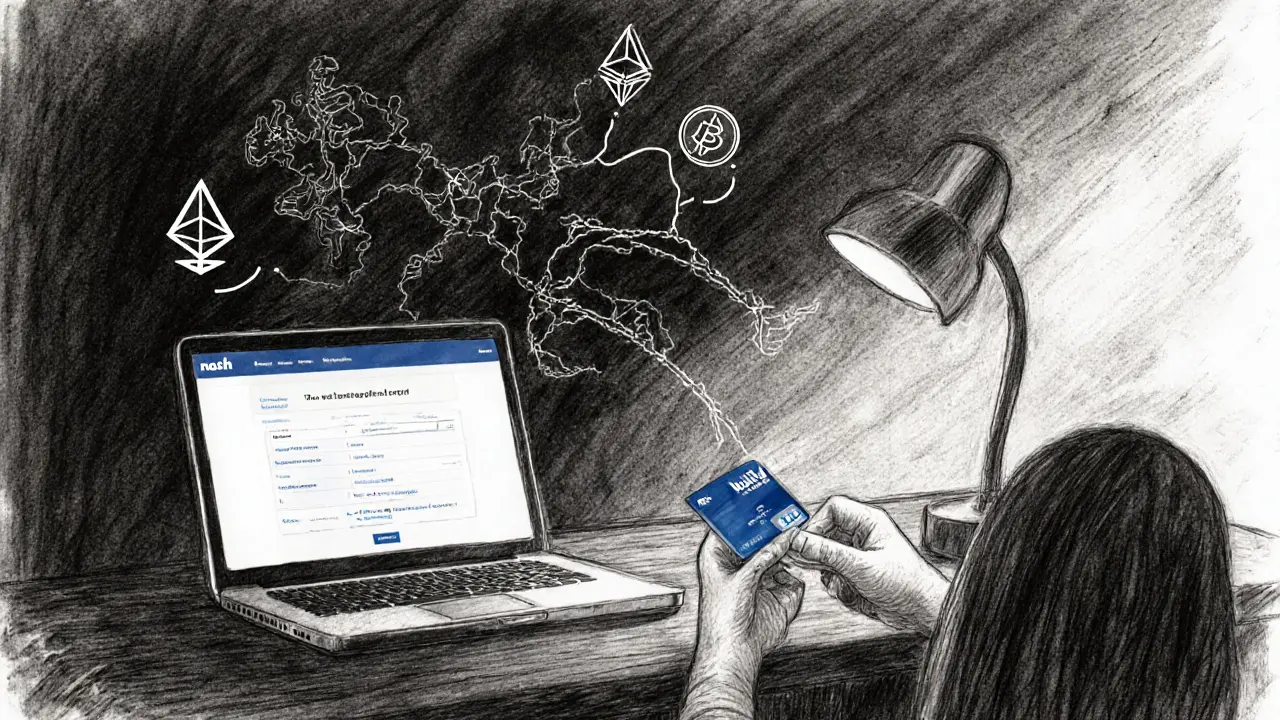Nash crypto exchange offers a secure, non-custodial way to buy and spend crypto with fiat in Europe. With a debit card, IBAN account, and 1% purchase fee, it's ideal for safety-focused users-but low liquidity limits large trades.
Non-Custodial Crypto Exchange: What It Is and Why It Matters
When you trade on a non-custodial crypto exchange, a platform where you hold your own keys and your crypto never leaves your wallet. Also known as decentralized exchange, it removes the middleman—no bank, no company, no one holding your money for you. This isn’t just a tech detail. It’s the difference between owning your car and renting it from someone who can lock it up anytime they want.
Most big exchanges like Binance or Coinbase are custodial, meaning they control your private keys and store your crypto on their servers. If they get hacked, go bankrupt, or get shut down by regulators, you lose access. That’s not theory—it’s happened. With a non-custodial crypto exchange, your funds stay in your wallet, and you sign every trade yourself using your own private key. This is how DeFi works. Platforms like Uniswap, dYdX, and PancakeSwap let you swap tokens directly from your MetaMask or Phantom wallet without ever giving them away.
Why does this matter in 2025? Because regulation is tightening. Countries like the Philippines and others are blacklisting exchanges that don’t follow local rules—and if you’re on a custodial platform, you’re at their mercy. But if you’re using a non-custodial exchange, you’re not even on their radar. Your wallet address is your identity. No KYC. No account freeze. No delays. You trade, you hold, you move. It’s not perfect—gas fees can spike, interfaces can be clunky, and mistakes are permanent—but it’s freedom. And freedom in crypto means control.
Some people think non-custodial means complicated. It doesn’t have to be. Apps like Rabby Wallet or Zerion make it simple. You connect your wallet, pick a token, and swap. No sign-up. No email. No password to forget. The real risk isn’t the tech—it’s trusting a fake platform that looks real. That’s why posts here cover platforms like mSamex and Dexfin, which claim to be exchanges but have zero volume, no reviews, and no transparency. Those aren’t non-custodial—they’re scams. Real non-custodial exchanges are open source, audited, and live on-chain. You can verify every trade yourself.
And it’s not just about trading. Non-custodial is the foundation for lending, staking, and earning yield without giving up control. Projects like Anzen Finance’s USDZ let you stake stablecoins and earn 16% APY—without handing your cash to a company. You’re not trusting a CEO. You’re trusting code, verified by thousands. That’s the shift. From institutions to infrastructure.
What you’ll find below are real reviews, deep dives, and warnings about platforms that claim to be decentralized but aren’t. Some are dead meme coins tied to fake exchanges. Others are legitimate tools that actually let you own your assets. You’ll see how airdrops like Midnight (NIGHT) and SAND work only if you control your wallet. You’ll learn why Bitroom and other fake exchanges are traps. And you’ll understand why, in a world where banks freeze accounts and exchanges collapse, the only safe place for your crypto is in your hands—not theirs.

